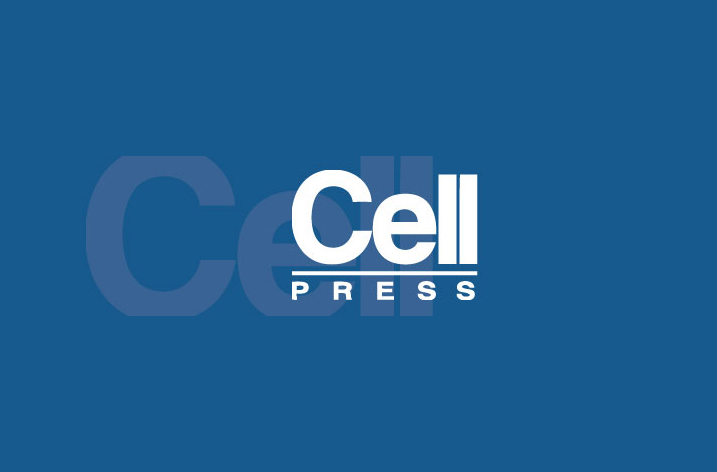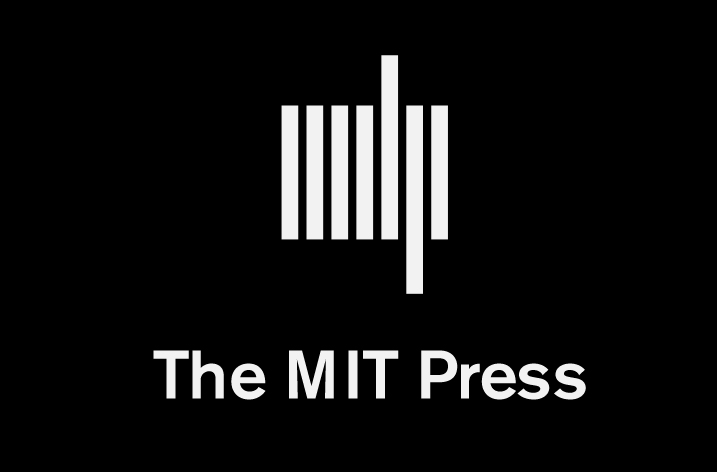
A new high-impact journal for chemists marks a leading biomedical publisher’s first foray into the physical sciences. Cell Press, the home of Cell, Neuron, and Current Biology, launches Chem this July and officially begins the expansion of its portfolio to meet the needs of the wider research community.
Chem (@Chem_CP) aims to be a true sister journal to Cell by positioning itself as the “journal for exciting chemistry.” Each issue will include original research articles that move the field forward, as well as front matter and reviews that explore how chemistry and its sub-disciplines can be a force for good. Nearly 100 advisory board members and a small committee of “next-generation advisors” will work with Chem‘s editors to continually develop the journal’s scope and ambitions.
“One thing that’s always struck me is that chemistry doesn’t get the recognition it deserves and is key, in my view, to solving a number of global challenges,” says Editor-in-Chief Robert Eagling, who came to Cell Press from the Royal Society for Chemistry. “Chem will first and foremost be about the conceptually new idea or innovation, but we’re also trying to build on that and get authors to think about the potential impact of their research.”
As a Cell Press publication, Chem will provide the same personal engagement with editors, dynamic presentation options, and hospitality that authors have come to expect. And like its flagship sister in biology, Chem will publish cutting-edge, thought-provoking advances across the breadth of the discipline, from physical chemistry to atmospheric and organic chemistry.
“This is an exciting time for Cell Press as we transition from being a recognized leader in publishing in biomedicine to a recognized leader in publishing across all scientific disciplines,” says Cell Press CEO Emilie Marcus. “With its first issue 40 years ago, Cell had the ambitious goal of transforming the discipline of biology for both scientists and society; we have high expectations for Chem to do the same for chemistry.”
Four papers are now available for preview ahead of the first issue at http://www.
1. Bypassing Faulty Ion Channels
Ion-channel dysfunction is the underlying cause of diseases such as cystic fibrosis, in which passive chloride ion transport is impaired. One solution is to create small molecules that can carry chloride through membranes, replacing the need for functioning channels. However, many of these transporters exhibit a side effect of pH-gradient disruption, which can lead to cell death. Anthony Davis of the University of Bristol, Philip Gale of the University of Southampton, and colleagues show the first examples of transporters with a high selectivity for chloride over other ions in the cell, which now makes the biomedical application of these transporters a more realistic option.
Wu et al.: “Nonprotonophoric Electrogenic Cl? Transport Mediated by Valinomycin-like Carriers” http://www.cell.com/chempr/fulltext/S2451-9294(16)30002-X / 10.1016/j.chempr.2016.04.002
2. A Stable Phosphorous Carbene Analog
Discovered more than two decades ago, stable carbenes (molecules with unusually bonded carbon atoms that had been thought to only exist during chemical reactions), now have a broad range of applications ranging from synthetic chemistry to material and biological sciences (e.g., Teflon). Guy Bertrand of the University of California, San Diego, and colleagues add to the carbene family by showing that with the right substituents, the phosphorus analogs, namely phosphinidenes, can be isolated at room temperature, allowing their chemistry and reactivity to be explored.
Liu et al.: “A Singlet Phosphinidene Stable at Room Temperature”http://www.cell.com/chempr/fulltext/S2451-9294(16)30001-8 / 10.1016/j.chempr.2016.04.001
3. Transforming Biomass without Fossil Fuels
Renewable resources and bio-based feedstocks may present a sustainable alternative to petrochemical sources to satisfy modern society’s ever-increasing demand for energy and chemicals. However, the conversion processes needed for these future biorefineries will likely differ from those currently used in the petrochemical industry. In this review, David W. Flaherty of the University of Illinois at Urbana-Champaign, Dean Toste of the University of California, Berkeley, and colleagues survey approaches to producing chemicals from renewable sources and describe strategies for the conversion of these chemicals into fuels.
Wu et al.: “Production of Fuels and Chemicals from Biomass: Condensation Reactions and Beyond” http://www.cell.com/chempr/fulltext/S2451-9294(16)30004-3/10.1016/j.chempr.2016.05.002
4. Encapsulating Enzymes
Metal-organic frameworks are porous yet robust materials for encapsulating and protecting enzymes from degradation. In order for enzymes to be broadly applicable as catalysts in industry, they need to be protected from denaturation under harsh conditions. Omar Farha of Northwestern University and colleagues show the applicability of a metal-organic framework that can protect enzymes so that they maintain high enzymatic activity. The long-term goal is to encapsulate specific enzymes that can be used for the detoxification of chemical-warfare agents.
Li et al.: “Toward Design Rules for Enzyme Immobilization in Hierarchical Mesoporous Metal-Organic Frameworks” http://www.cell.com/chempr/fulltext/S2451-9294(16)30003-1/10.1016/j.chempr.2016.05.001


























